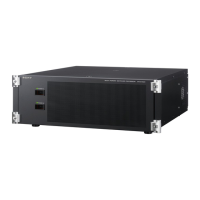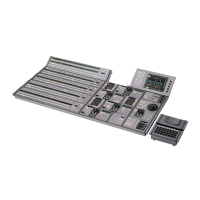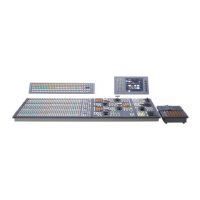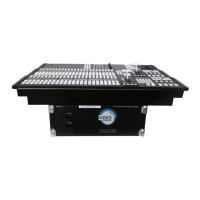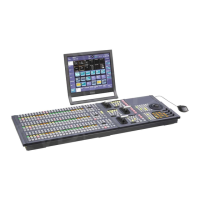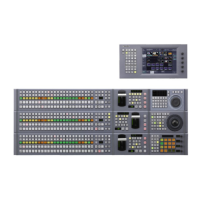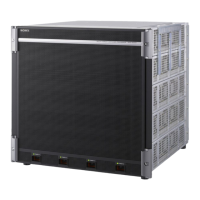17
Creation of Special Effects and Management of Data and Operations
Chapter 1 Overview
Keyframes
A keyframe represents an instantaneous state of an image;
it can be saved in a register and recalled for reuse. By
arranging a number of keyframes on the time axis, and
interpolating between successive keyframes, you can
create a “keyframe effect” in which there is a continuous
change from each keyframe to the next.
The following figure shows three keyframes created with
a wipe pattern (the circle) in different positions. This is
interpolated to create the effect shown.
Example of keyframes and effect execution
You can save the sequence of keyframes representing a
single effect in a register. Then by recalling this register,
you can replay the same effect.
For details, see Chapter 11 “Keyframes” (1 p. 144).
Snapshots
The term “snapshot” refers to a function whereby the
various settings required to apply a particular effect to an
image are saved in a register as a set of data, for recall as
required, to recover the original state.
Snapshots are divided as follows.
• Snapshots applying to a particular region (functional
block of the switcher)
• Master snapshot
• Key snapshot
• Wipe snapshot
•DME wipe snapshot
For details, see Chapter 12 “Snapshots” (1 p. 167).
Utilities
The utility function refers to a function whereby you can
assign an arbitrary action or a shortcut for a frequently
used menu to a particular button, then instantly recall the
action or menu by pressing the button.
For details, see “Utility Execution” (1 p. 176) in chapter
13.
Shotboxes
The term “shotbox” refers to a function whereby for each
specified region (see “Regions” (1 p. 144) in chapter 11)
any snapshot or keyframe effect can be recalled
simultaneously.
For details, see “Shotbox” (1 p. 176) in chapter 13.
Macros
The term “macro” refers to the function whereby a
sequence of signal selections and other operations on the
control panel is saved as data in memory (macro register),
so that it can be recalled as required to automatically
execute the same sequence of operations.
The individual control panel operations constituting a
macro are termed “events.”
Macros also provide the following functions.
Menu macros
The term “menu macro” refers to the function whereby a
sequence of menu operations is saved as an event, so that
it can be recalled as required to automatically execute the
same sequence of operations.
Macro timelines
By recording macro recalls and execute actions on a
timeline, in the same way as for keyframes in an effect,
you can automatically execute them in a sequence.
Macro attachments
Macro attachment is a function whereby a macro register
is assigned to a control panel button or a particular position
of a fader lever, linking the execution of the button
function or a fader lever operation with a macro execution.
For details, see Chapter 14 “Macros” (1 p. 180).
File Operations
You can save register data, including setup information
and snapshot information, as a file on a local disk or
removable disk, and recall it as required.
Background A
Interpolated images
Background B
Keyframe 1
Keyframe 2
Keyframe 3
Execute effect
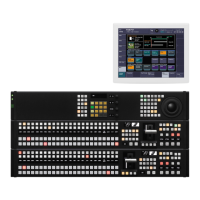
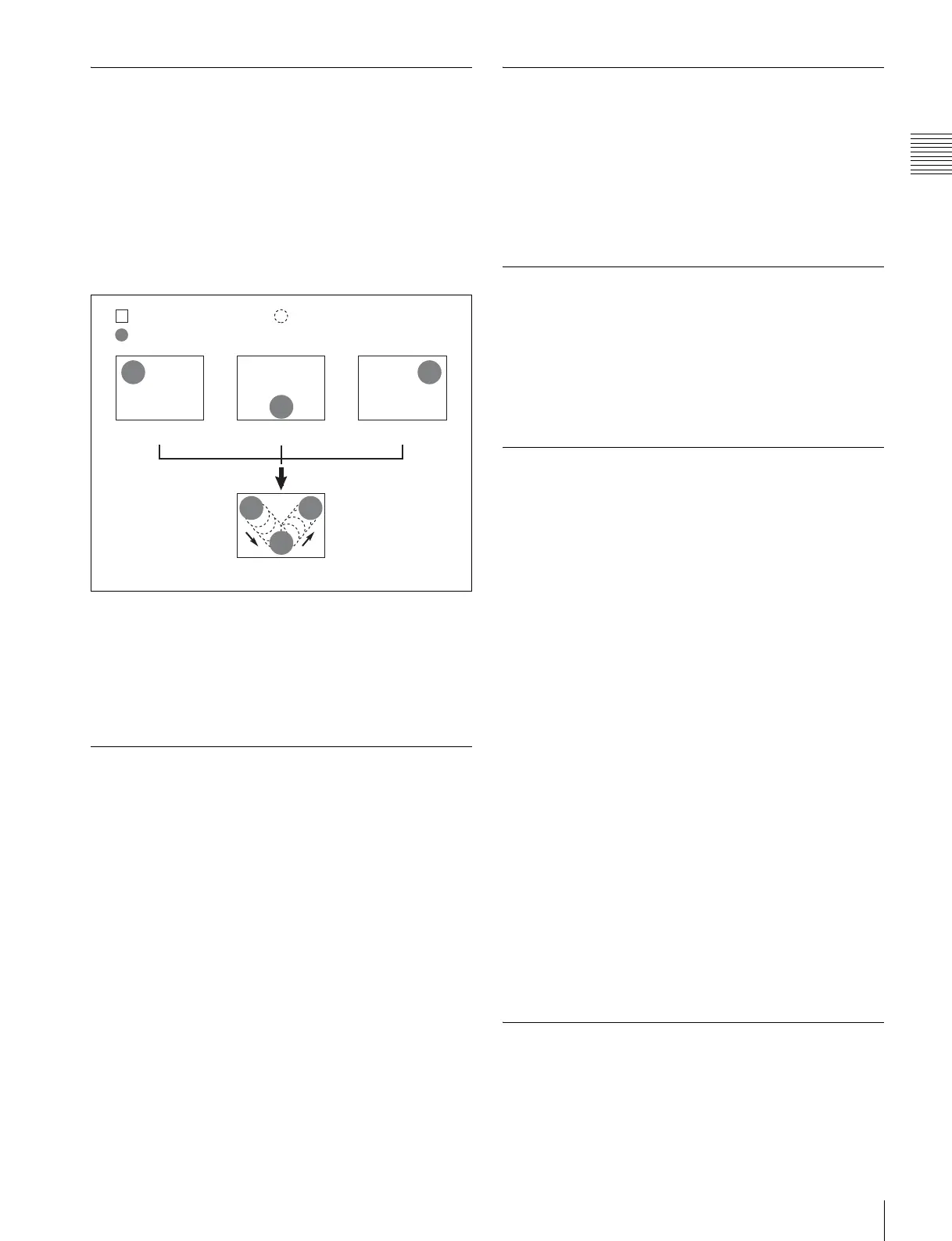